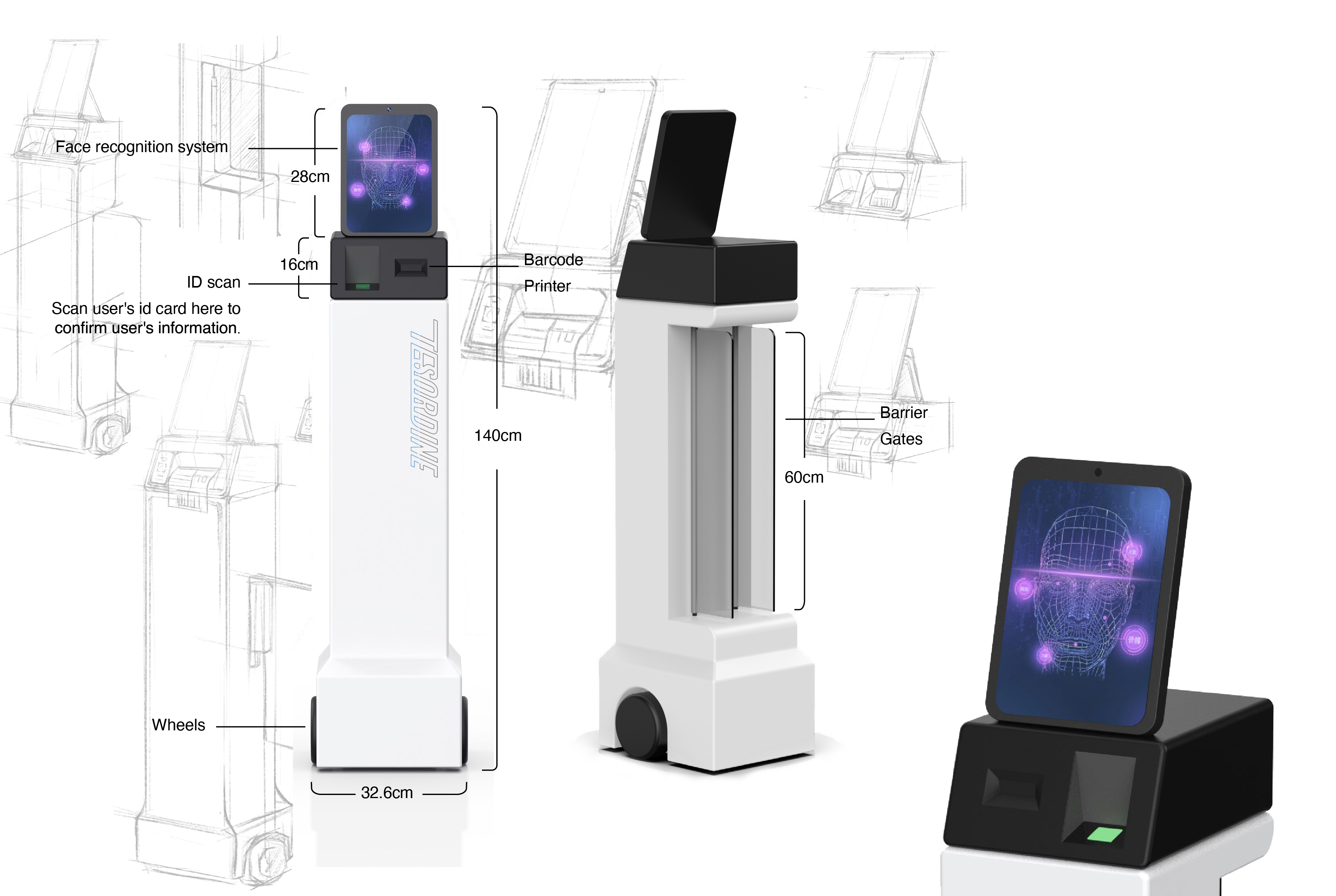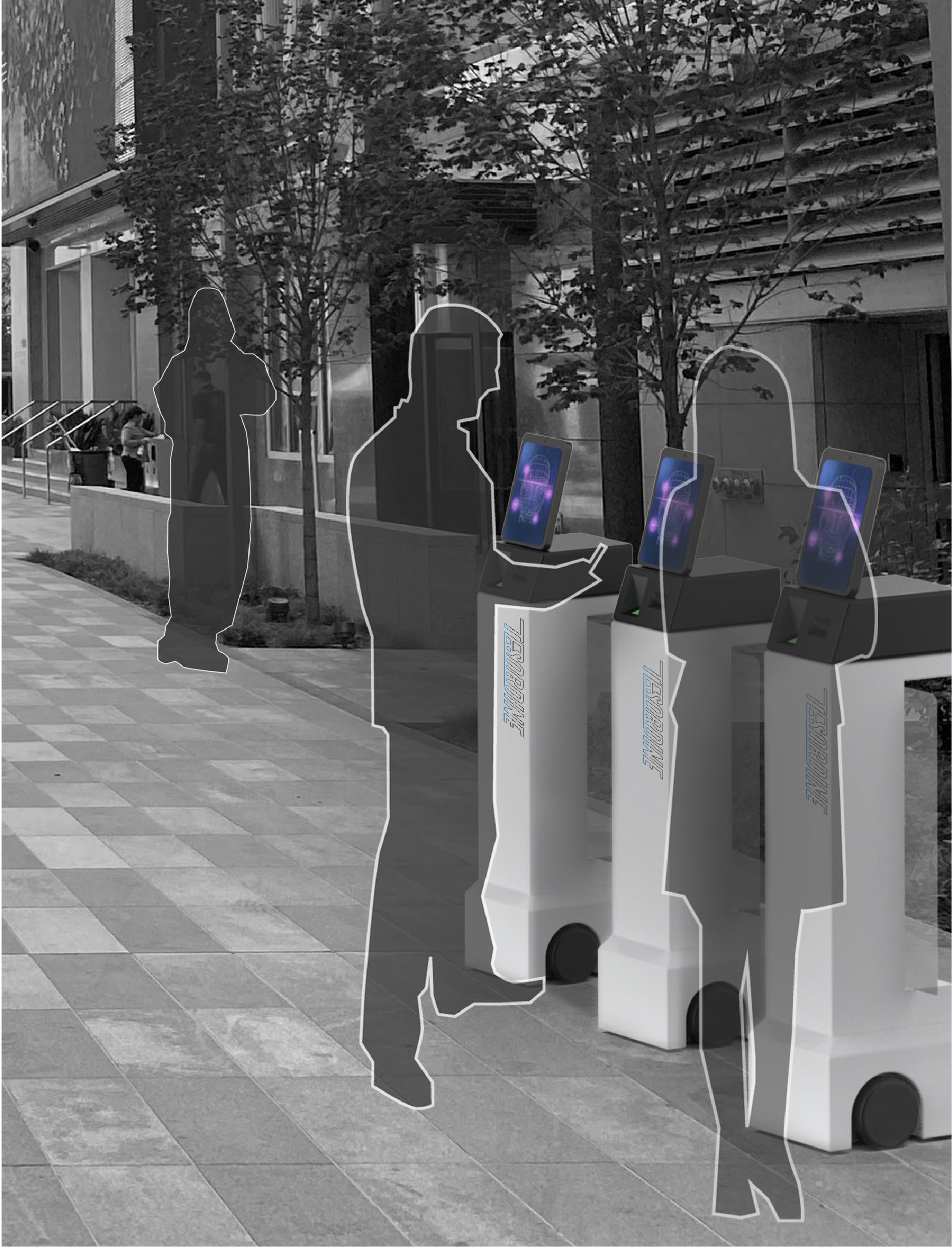Tesodine is a digital product designed to improve the overall experience of COVID-19 testing. By streamlining the information collection process and offering individuals a personalized record of their test details, Tesodine helps reduce confusion, minimize human error, and accelerate the line-up process—especially during community and hospital-based testing.
COVID-19 testing often involves issues such as misoperation in self-tests, long wait times, and inefficient information handling in public testing environments. Users express concerns about unclear procedures, lack of test recognition by official systems, and difficulty collecting accurate specimens. Healthcare workers also face increased manual workload when managing participant information. A solution is needed to improve clarity, efficiency, and data accuracy throughout the testing process.
User research, Wireframing, Product design, Prototyping.
This research explores the different COVID-19 testing methods, their effectiveness, and the challenges faced by both healthcare workers and the public. Insights from frontline staff and elderly users highlight common pain points such as miscommunication, information gaps, and operational inefficiencies—laying the foundation for improving the testing experience through a more supportive and efficient system.
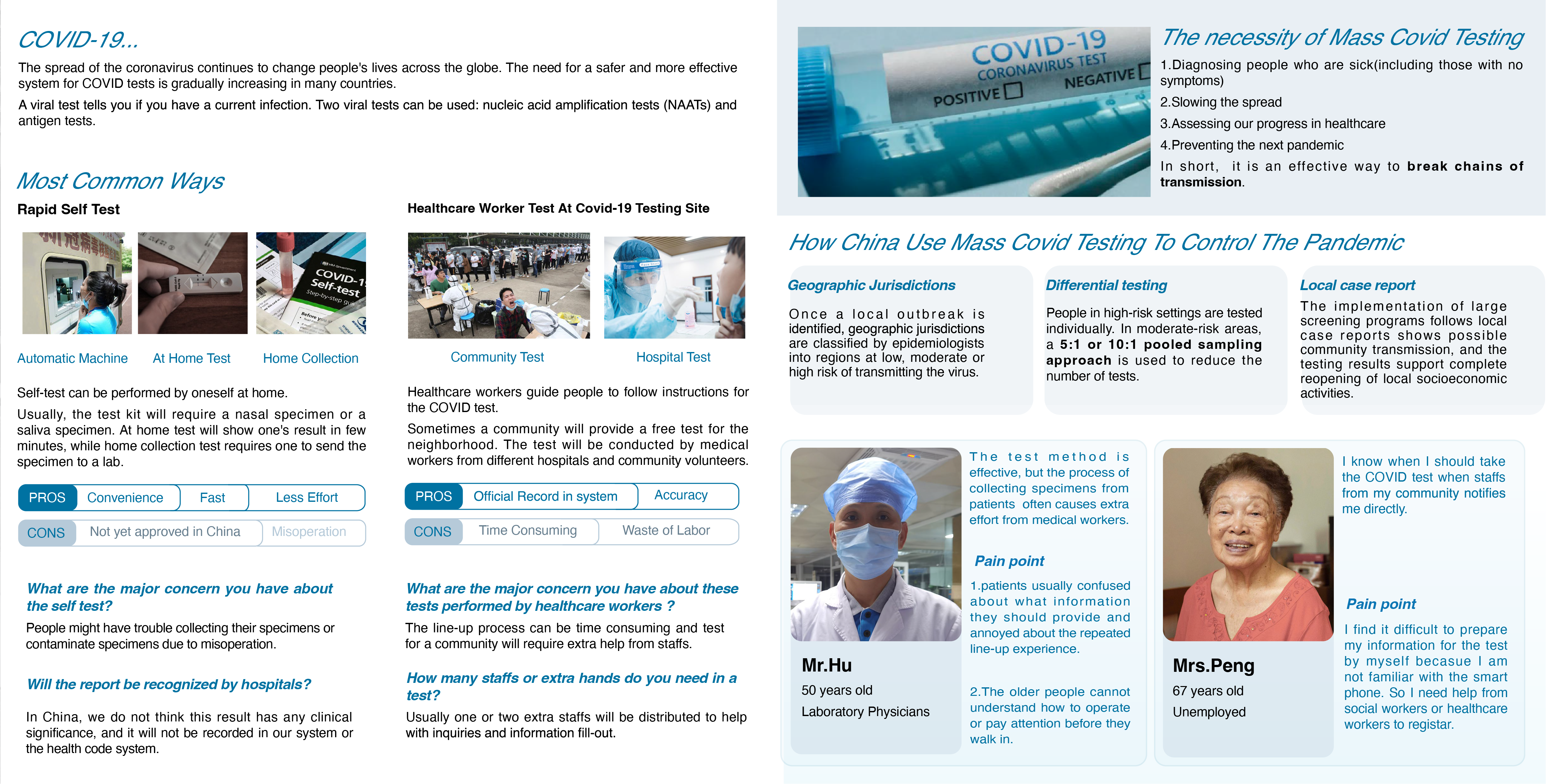
To better understand the real-world challenges of COVID testing, two participants worked in related fields were interviewed in depth. Their experiences revealed pain points in the information-gathering process, line-up inefficiencies, and staffing constraints during community tests. Both emphasized the need for a clearer system to communicate requirements and reduce repeated efforts, especially for high-volume or vulnerable populations.
All participants used combinations of ways to remember, keep records and memorialize their pet(s).
Pet owners seek more meaningful ways to preserve memories and share them with supportive communities.
Social media provides some support but is often inadequate or impersonal for expressing grief.
Most of the apps lack special and meaningful memorial services for pet loss. These platform are not able to provide emotional support for pet owners who are grieving
Many platforms do not offer social features in terms of community
interaction and sharing. Community support and shared stories are important
in the context of pet loss.
Some websites have outdated designs that are difficult to use. It is negatively affecting the user experiences.
To gain deeper insight into the testing experience, personas and user journeys were created to represent key user groups and their interactions with COVID test procedures. These narratives revealed gaps in communication, inconsistent information access, and emotional stress caused by delays and uncertainty. By tracing each step from preparation to result, we identified critical pain points and opportunities for a more guided and efficient testing experience.
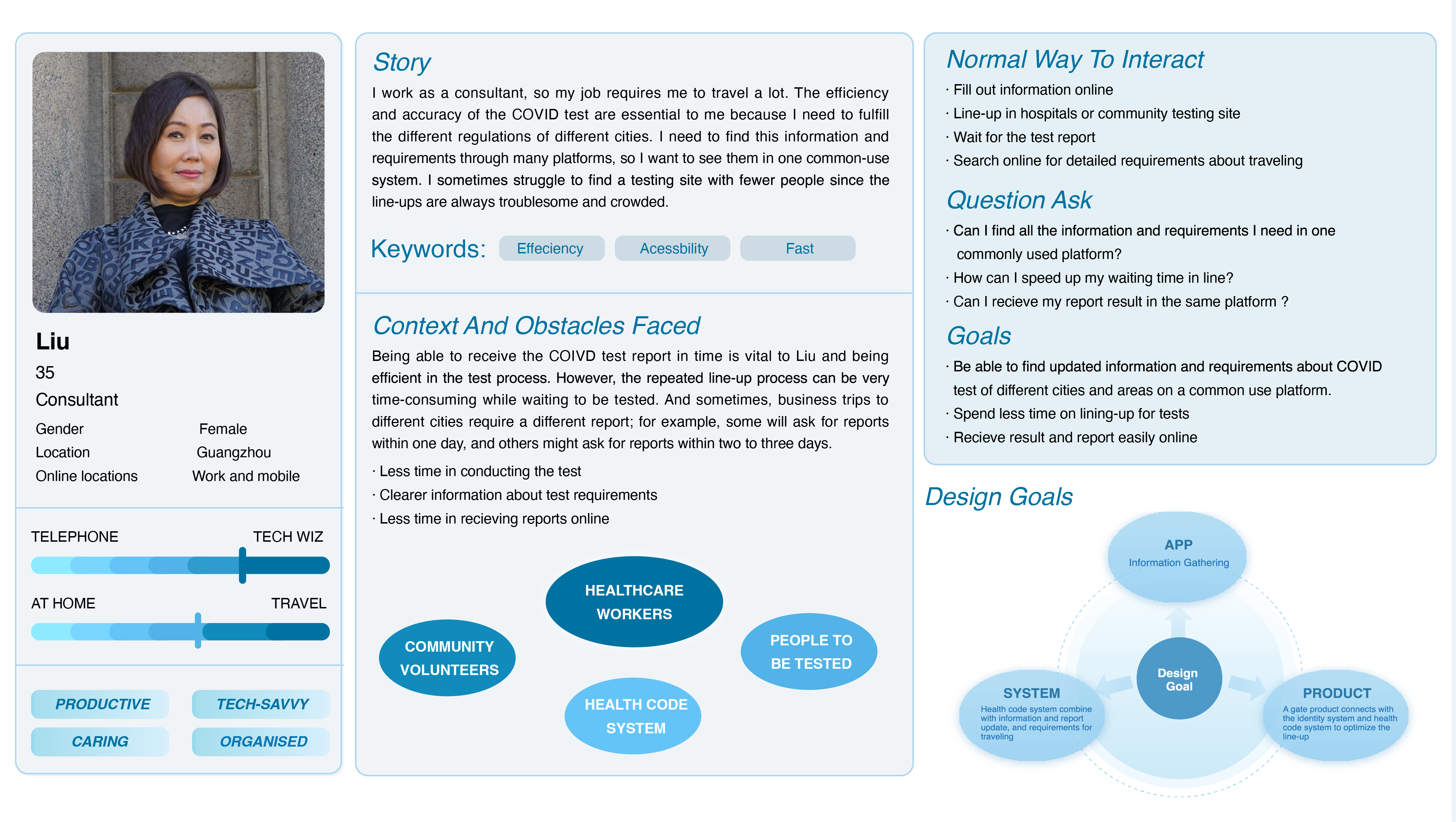
A user journey map was created to visualize the entire COVID testing experience from booking to receiving results. It highlights emotional lows caused by fragmented systems, long wait times, and a lack of clear guidance. This helped identify specific pain points and system-level needs, including information confusion, form-filling barriers for older users, and inefficiencies during the line-up process.
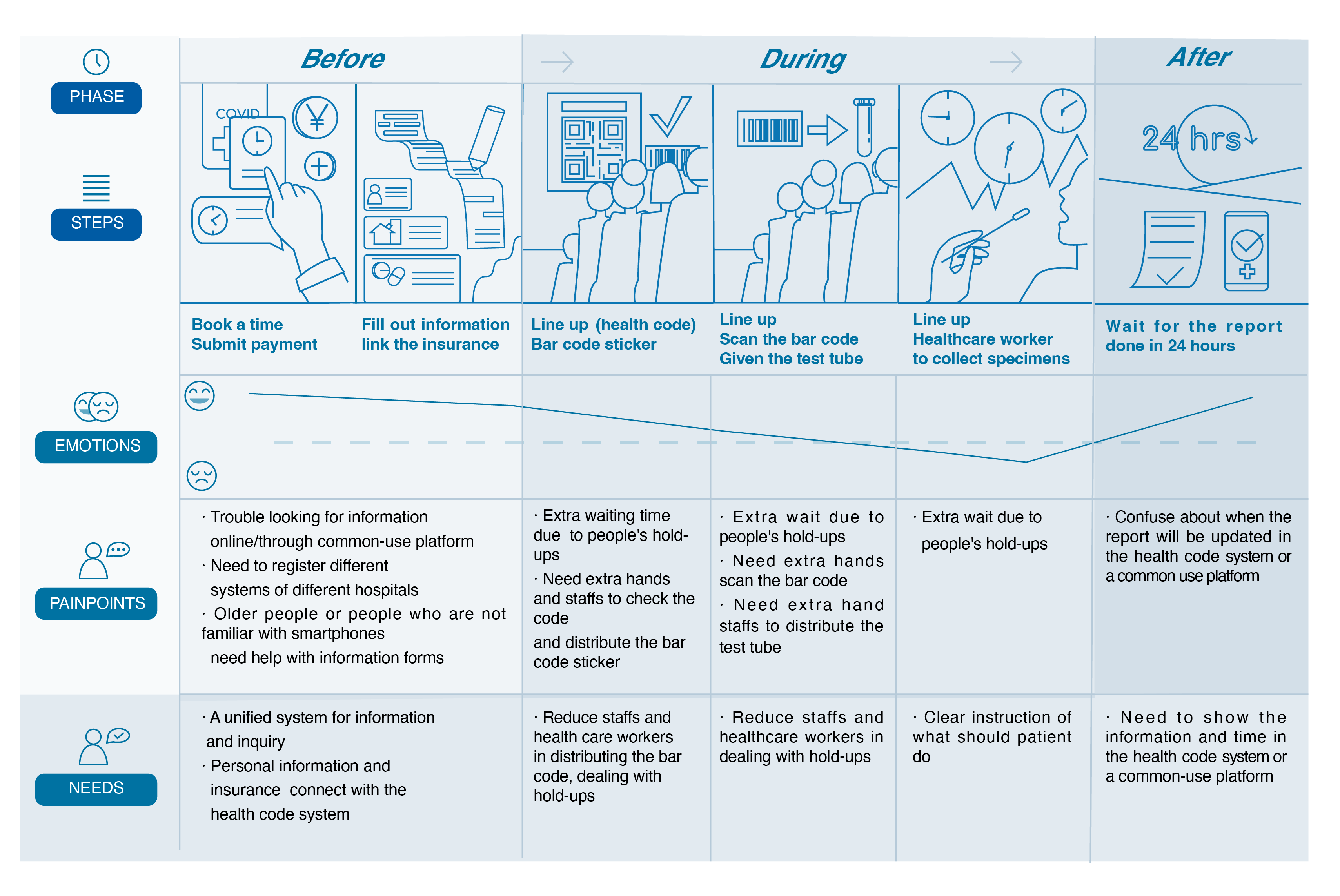
The design process began with mapping out user flows and creating quick sketches to define screen functions and key interactions. These early explorations helped establish a clear structure and guided the direction of the product experience.
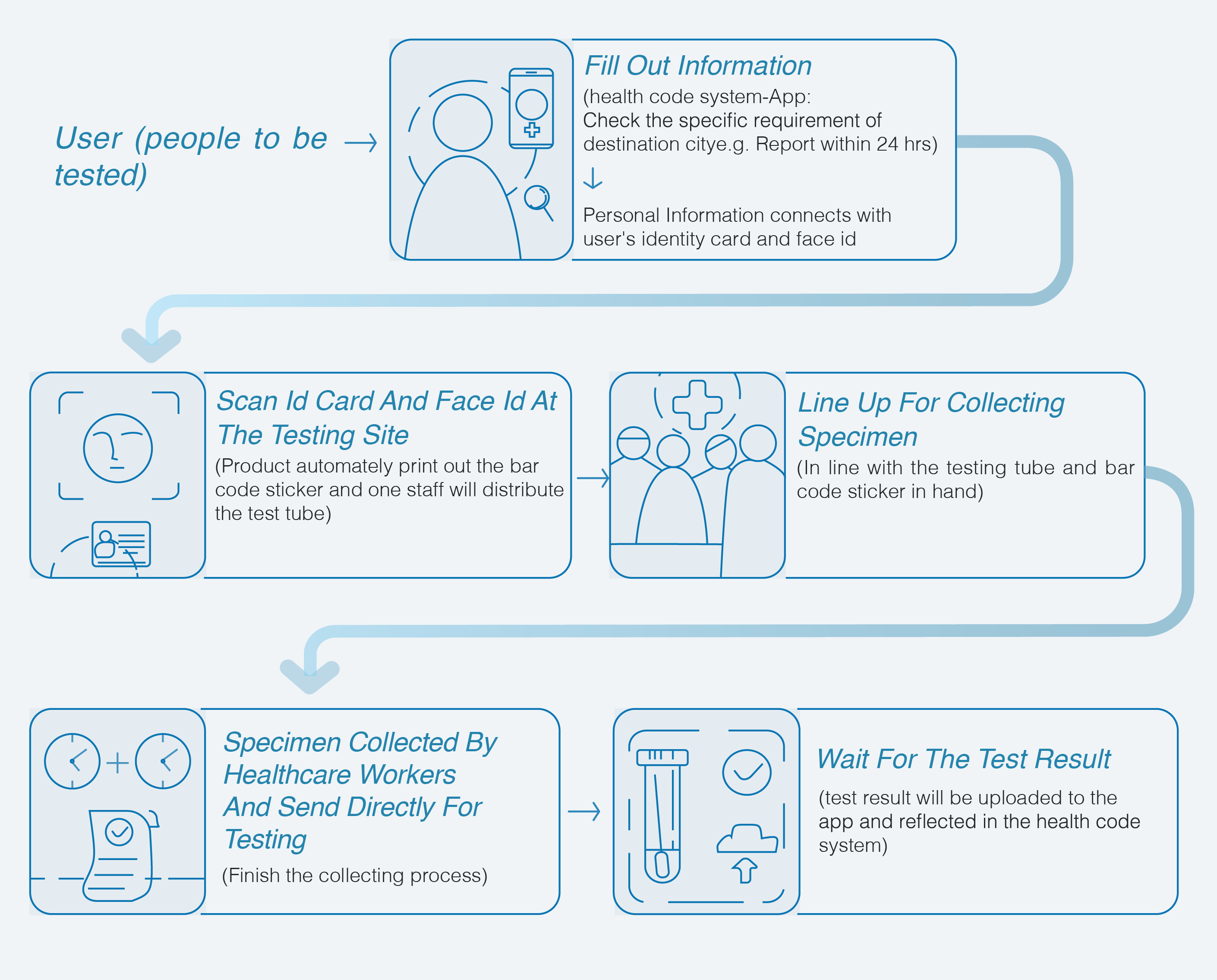
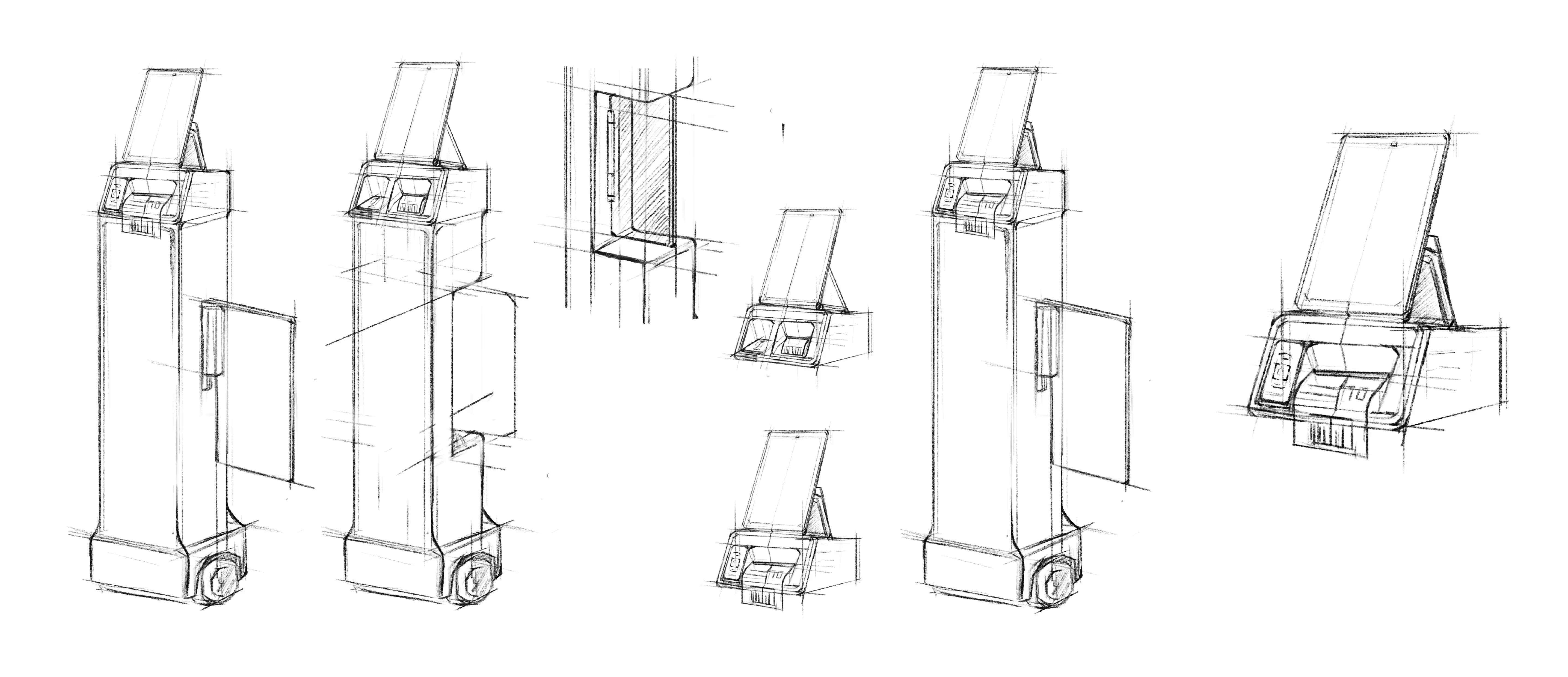
By simplifying information entry and reducing on-site delays, Tesodine creates a more organized and stress-free COVID testing experience for both individuals and healthcare workers.
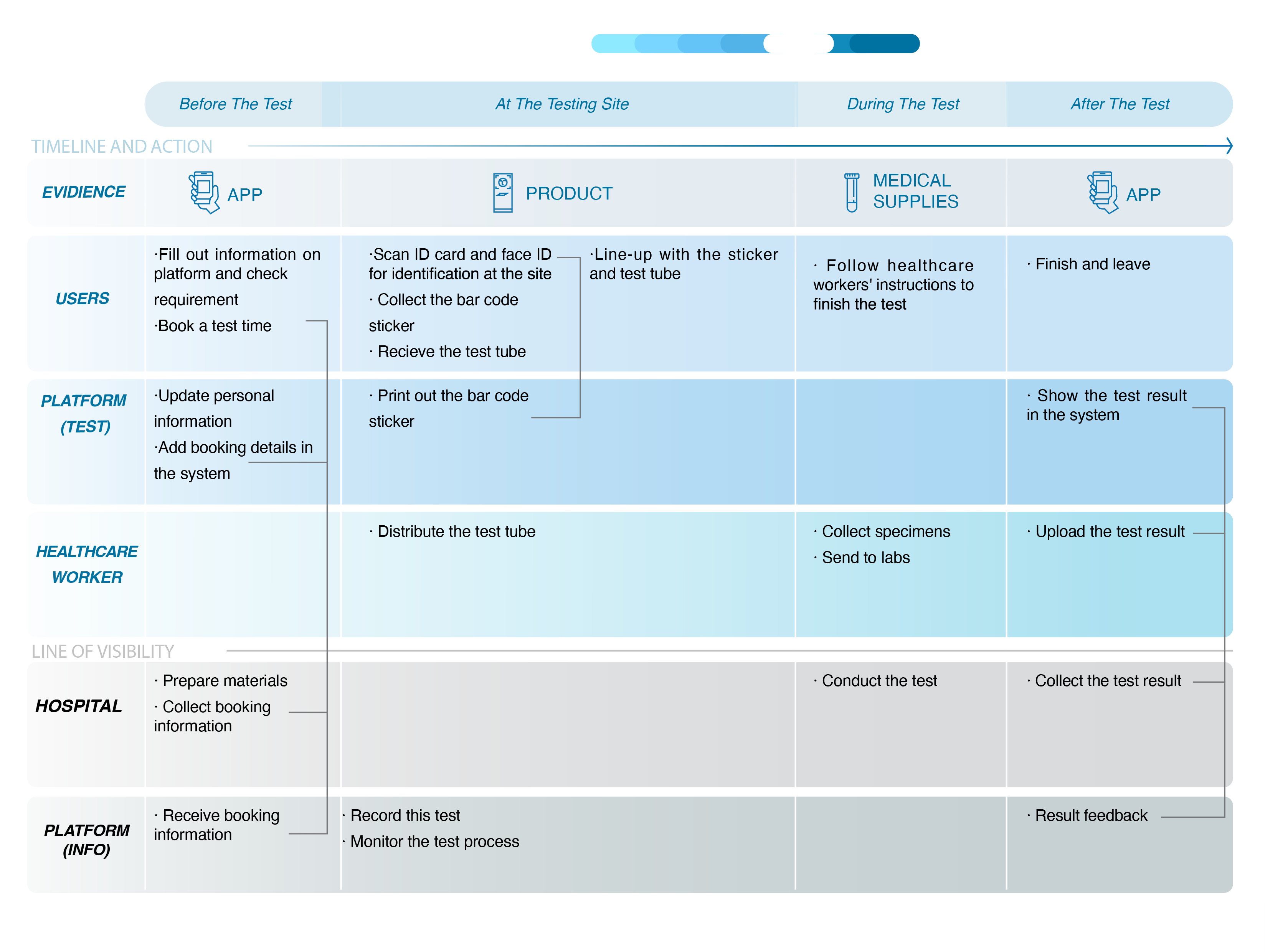
Outline the end-to-end COVID testing journey, mapping user actions, system processes, and stakeholder roles across each stage.
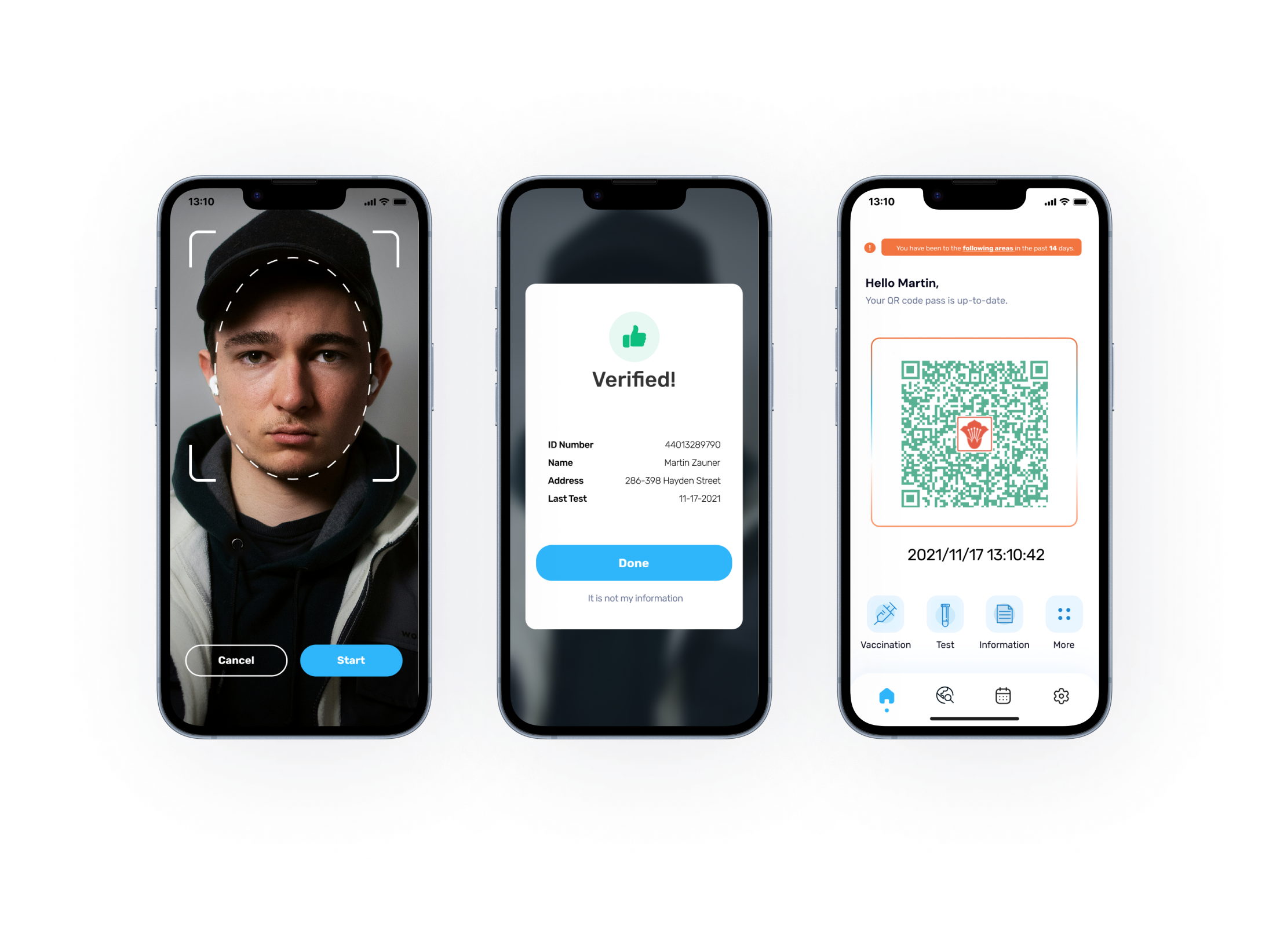
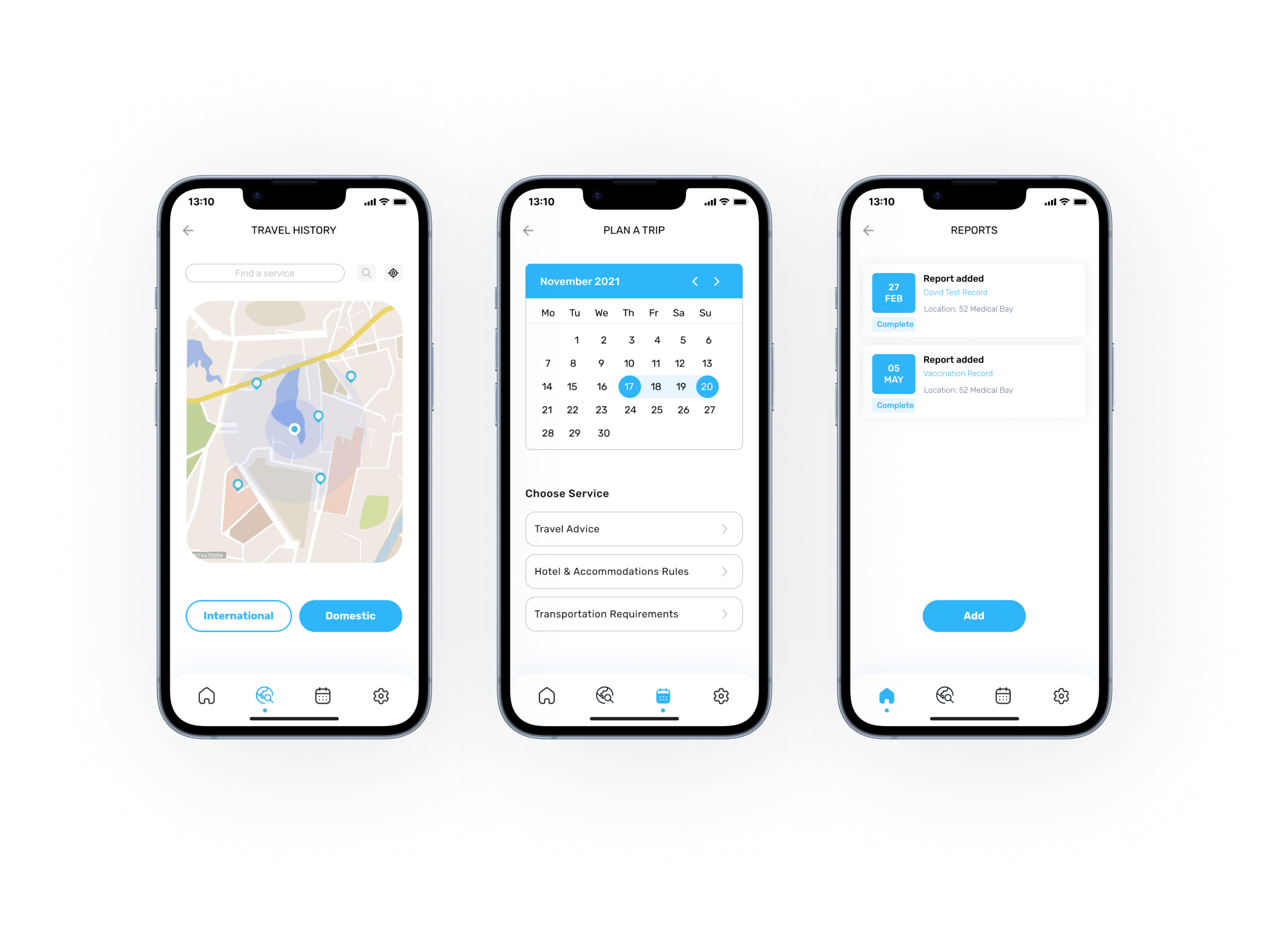
The app uses facial recognition to verify the user’s identity on-site, displaying key personal details such as ID number, name, and recent test history. Once verified, users can access a personalized health QR code, which functions as a digital certificate for entry and screening purposes.
The home screen provides a quick summary of vaccination and testing status, along with a record of recent travel activity. Users can tap into a map-based travel history, view local exposure alerts, and check for conflicts between their destination and current COVID-related policies.
A calendar feature allows users to plan future trips or review past ones, with tailored suggestions and up-to-date travel advice. In case of conflicting policies, the system provides clear pop-up alerts outlining specific requirements. Reports such as test results or vaccination records are also easily accessible in the report section, helping users keep everything organized in one place.
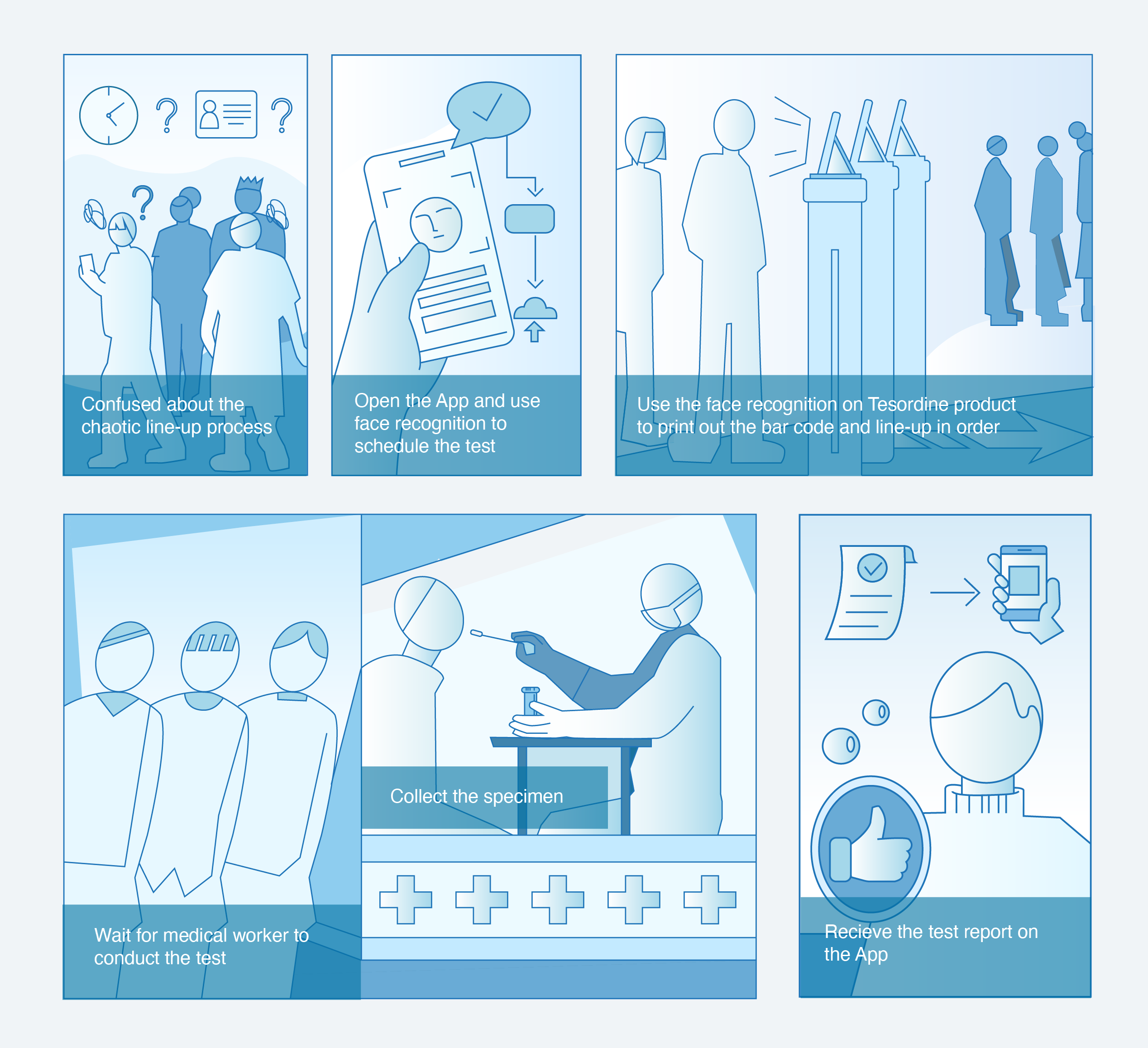
This storyboard shows how Tesodine simplifies the COVID testing journey by guiding users from booking with face recognition to receiving their results through a clear and organized process.
